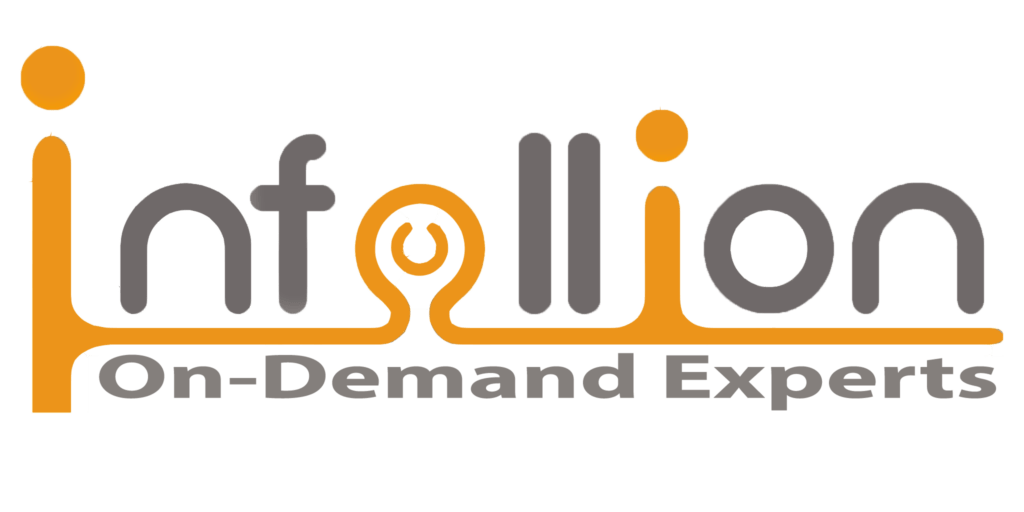Program Overview
As supply chains become more global and interdependent, siloed planning is no longer viable. This course explores how Collaborative Planning, Forecasting & Replenishment (CPFR) models and modern cloud-based supply chain platforms enable upstream-downstream alignment across suppliers, distributors, and internal functions. Participants will dive into workflows where partners co-create demand plans, share visibility of constraints, synchronize inventory policies, and respond jointly to market shifts. Tools like SAP IBP, Oracle SCM Cloud, Kinaxis RapidResponse, and o9 are reviewed through real-life implementation caselets. The program also covers governance, trust-building mechanisms, exception management, and KPI alignment across shared platforms.
Features
- Apply CPFR principles to co-develop demand, replenishment, and production plans with partners
- Evaluate leading collaborative platforms for supply chain orchestration and responsiveness
- Align KPIs and exceptions across multi-enterprise environments (e.g., supplier-buyer-logistics)
- Build readiness for cloud-based planning through data, governance, and process integration
Target audiences
- Demand & Supply Professionals
- Vendor Managers
- Digital Transformation Professionals
- Distribution Teams
- Customer Service Teams
Curriculum
- 4 Sections
- 17 Lessons
- 1 Day
- CPFR – Framework, Roles & Process Integration4
- 1.1Concepts: Collaborative forecasting, joint inventory management, shared KPIs
- 1.2Key Terms: 9-Step CPFR Model, Exception-Based Planning, POS Integration, Joint Business Planning (JBP)
- 1.3Use Case: Retailer and supplier jointly revised forecast to avoid promotional stockout
- 1.4CPFR agreement – roles, metrics, workflow
- Cloud SCM Tools for Collaboration4
- 2.1Platforms: SAP IBP, Oracle Cloud SCM, Blue Yonder, o9 Solutions
- 2.2Key Terms: Co-Planning Layer, Workflow Orchestration, Data Lake Integration, Near-Real-Time Sync
- 2.3Case: Grocery chain improved on-shelf availability by 11% via SAP IBP-based collaborative replenishment
- 2.4Co-planning workflow map – demand, order, inventory, promo visibility
- Forecast Sharing & Reconciliation Workflows5
- 3.1Demand signal harmonization
- 3.2Conflict resolution between sales and supply forecasts
- 3.3Rolling forecast governance
- 3.4Key Terms: One-Number Planning, Demand Consensus, Rolling Reforecast
- 3.5Simulation: Simulate a forecast reconciliation between internal planner and vendor forecast using deviation logic
- Trust, Visibility & Governance in Collaboration4
- 4.1Concepts: Data trust, partner maturity, process discipline, SLA alignment
- 4.2Key Terms: Visibility Ladder, Planning Horizon Sync, Partner Scorecard
- 4.3Real-life Insight: FMCG firm implemented visibility tiers for distributors using o9 with demand lock-in timelines
- 4.4Partner segmentation model + CPFR maturity assessment






